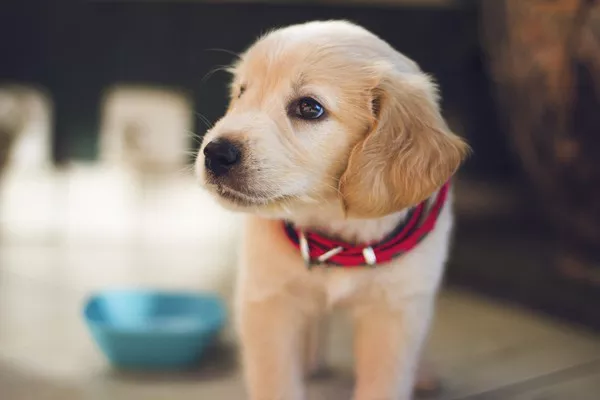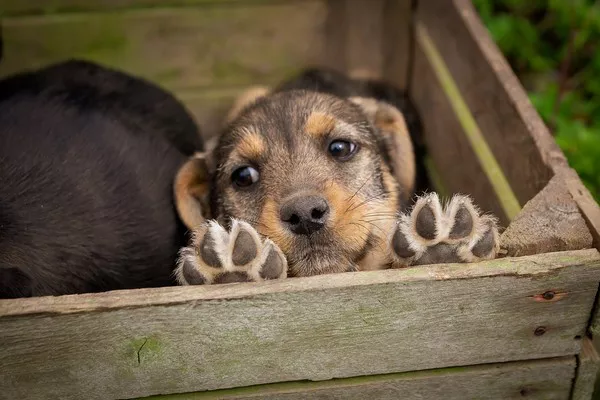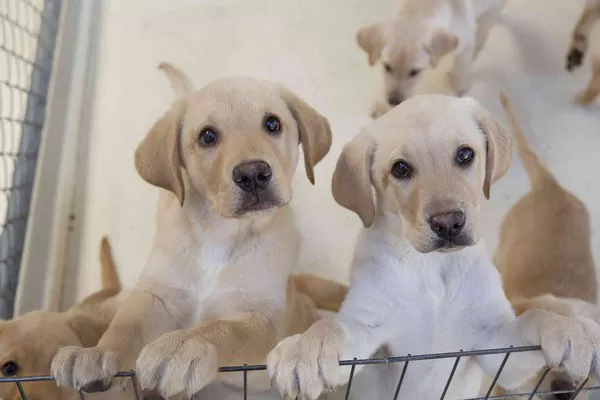Golden Retriever puppies are adorable and playful, but they require a lot of attention and training, especially when it comes to potty training. One of the most common questions new owners have is, “How long can a Golden Retriever puppy hold its pee?” In this article, we’ll explore the answer to this question and offer tips on how to make potty training easier for both you and your furry friend.
How long can a Golden Retriever puppy hold its pee?
The answer to this question varies depending on several factors, such as age, size, and activity level. Generally speaking, a Golden Retriever puppy can hold its pee for one hour per month of age, up to about 6-8 hours for a 6-8 month old puppy. However, it’s essential to remember that every puppy is unique, and some may have a smaller or larger bladder capacity than others.
Tips for potty training your Golden Retriever puppy:
- Establish a consistent schedule:
Establish a routine for your puppy, including meal times, playtime, and potty breaks. Take your puppy outside every 1-2 hours, or after a meal, playtime, or nap.
- Use positive reinforcement:
Praise and reward your puppy when they go potty outside, such as with a treat or verbal praise. This positive reinforcement encourages your puppy to repeat the desired behavior.
- Limit access to water:
While it’s essential to keep your puppy hydrated, limit their access to water a few hours before bedtime to prevent accidents during the night.
- Use a crate:
Crate training can be an effective way to potty train your Golden Retriever puppy. Dogs naturally avoid going potty in their sleeping area, so crate training can help establish a routine and prevent accidents in the house.
- Clean up accidents promptly:
If your puppy has an accident in the house, clean it up promptly to prevent any lingering smells that may encourage them to go potty in the same spot again.
In conclusion, potty training a Golden Retriever puppy can take time and patience, but it’s essential for establishing good habits and preventing accidents in the house. Remember to establish a consistent routine, use positive reinforcement, limit access to water before bedtime, use a crate, and clean up accidents promptly. With these tips, you can help your furry friend learn to hold their pee for longer and make potty training a more comfortable experience for both of you.


























